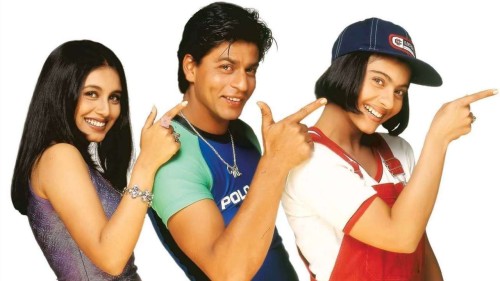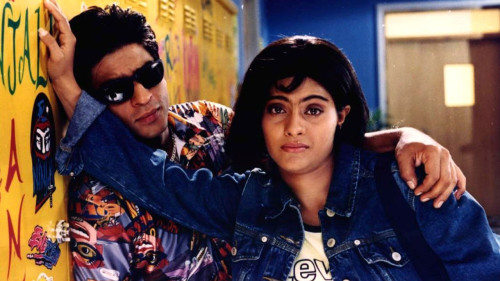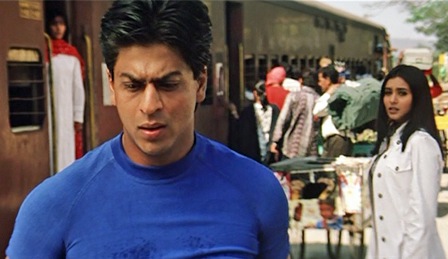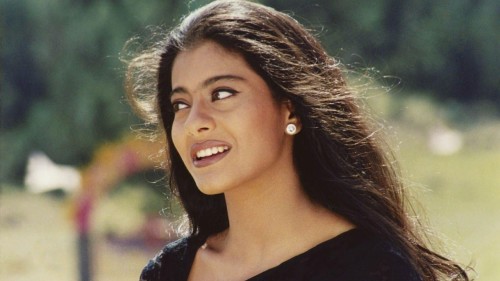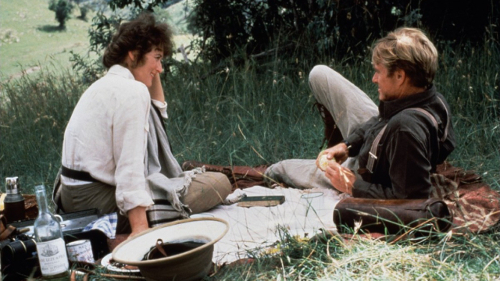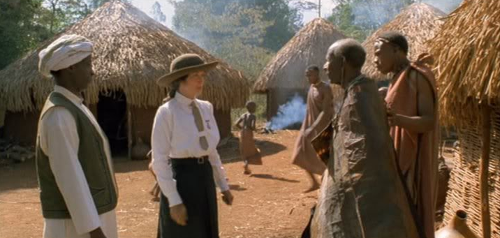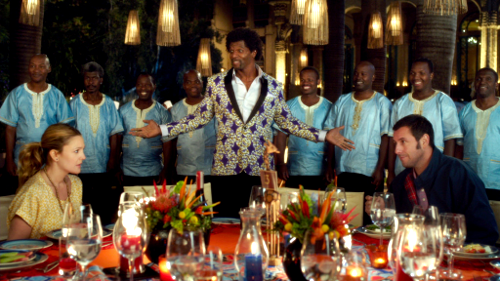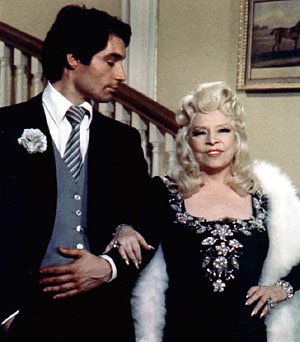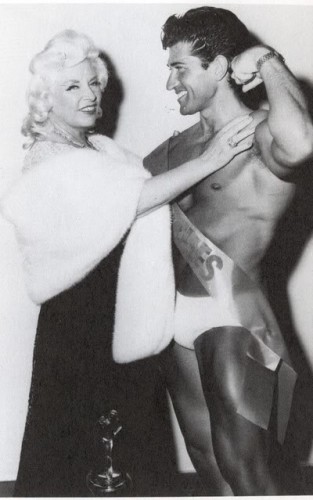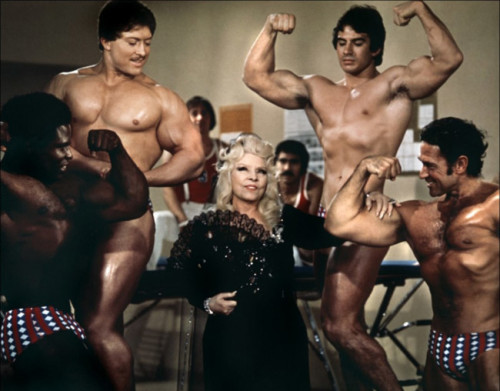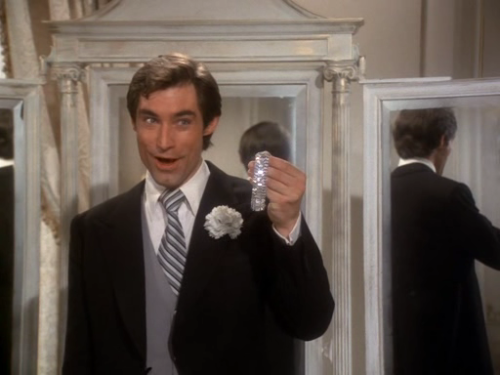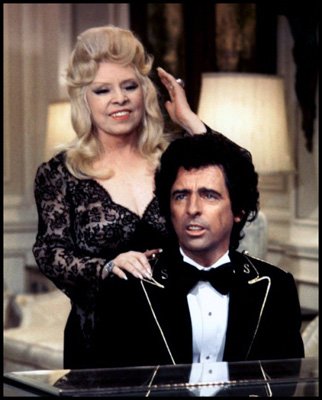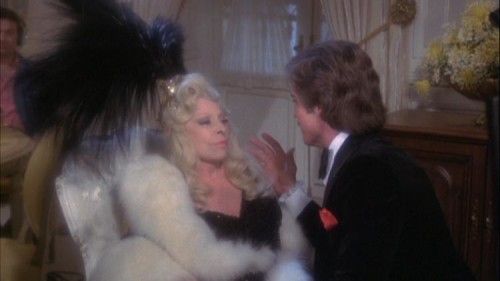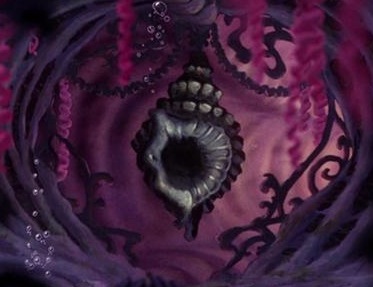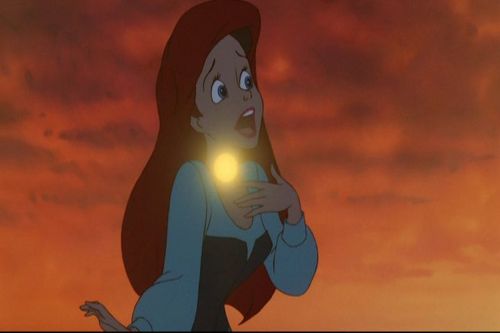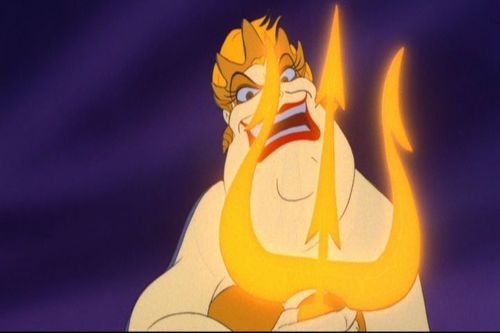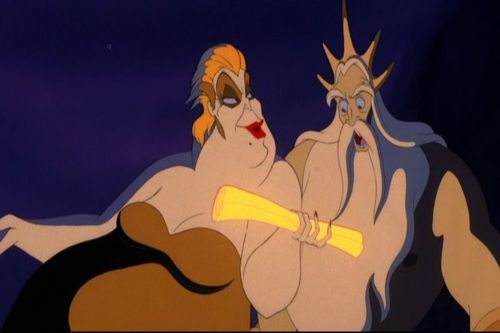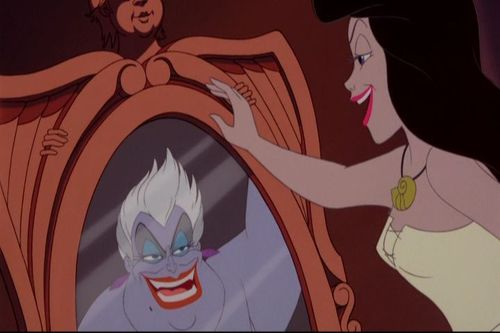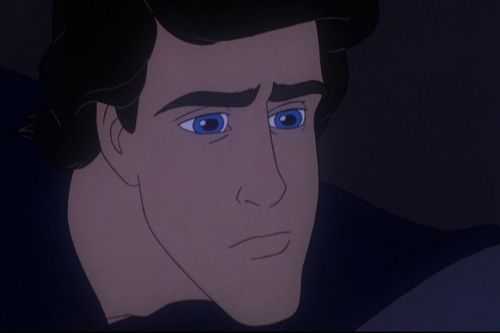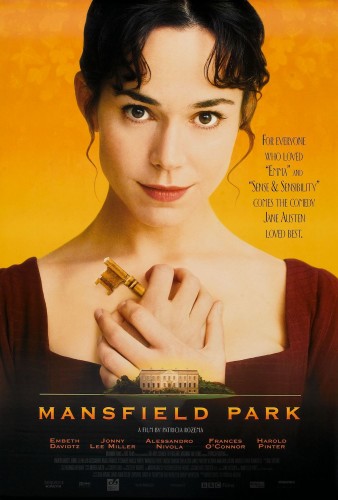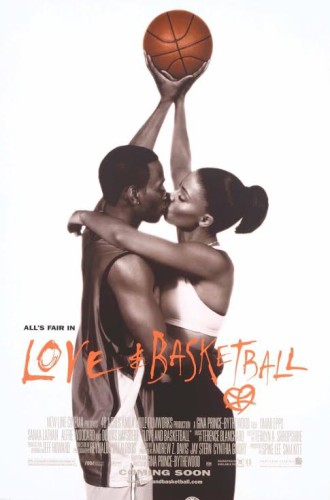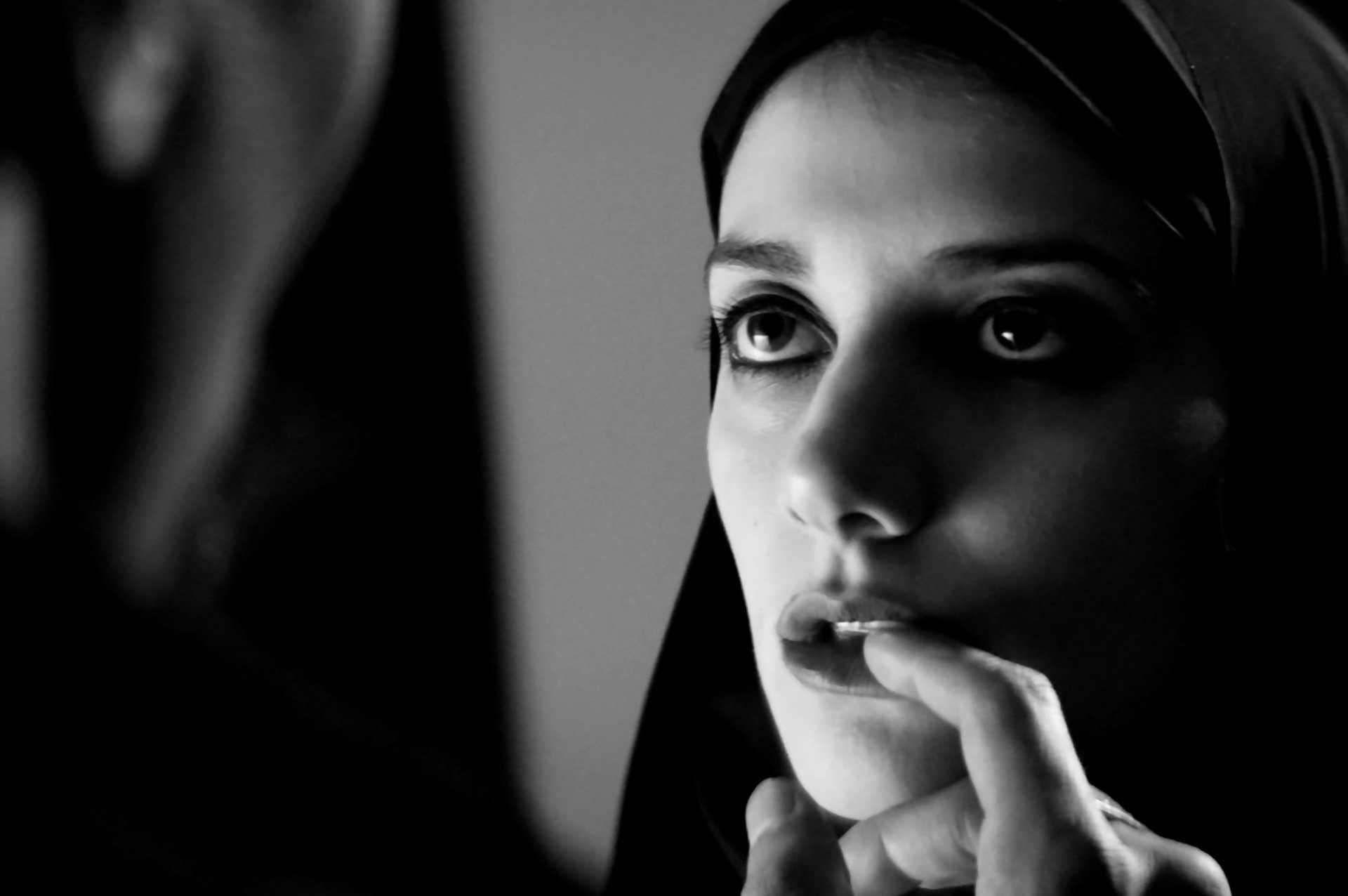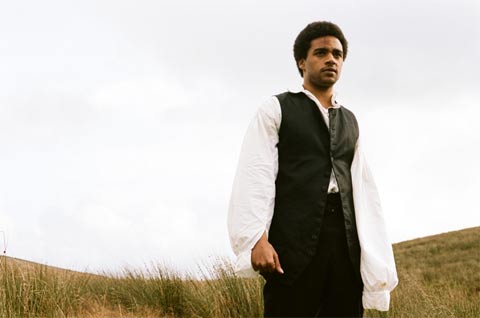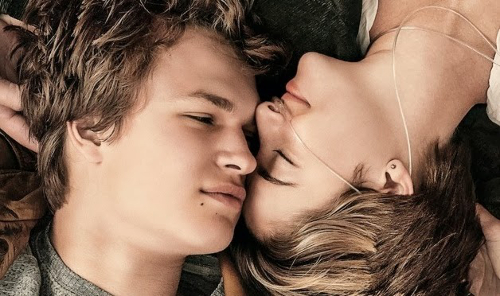This is a guest post by Alize Emme.
SPOILER ALERT: Do not read unless you have watched all current episodes of Grey’s Anatomy Season 11.
Grey’s Anatomy has long been a show about love stories. The show’s tagline when it premiered in March of 2005 was “Operations. Relations. Complications.” Relationships have always been part of the game. Showrunner and producer Shonda Rhimes has created characters who season after season will do just about anything in the name of love – specifically, the female characters. Type “Craziest Things Grey’s Anatomy Characters Have Done For Love” into Google and the Izzie Stevens entry page of Wikipedia is the first result.
But this season, Season 11, has turned that theme on its head. The female characters are no longer doing things just for love; they’re doing things for themselves.

Rhimes deserves a lot of credit for creating a show about women who embrace their sexuality. And while critics over the years have questioned the idea that a medical drama could also be a romantic soap, Rhimes has shown that women can be sexually active AND successful, which is why focusing on just women getting back to their true selves feels like a natural and important transition for this show.
So far, this season has been about women standing in their power and kicking ass. Meredith Grey (Ellen Pompeo), who is definitely not the least interesting Grey’s character, is especially kicking in the ass department.
At the end of season 10, which saw the departure of beloved character and Meredith BFF, Cristina Yang (Sandra Oh), the two twisted sisters dance it out one last time – but not before Cristina offers some crucial parting words. In her Cristina way, she tells Meredith that Derek Shepard (Patrick Dempsey), aka McDreamy, aka Meredith’s husband, is “very dreamy. But he is not the sun. You are.” After ten years together and a relationship Rhimes says is based on her own Cristina, this is what her last words are. Essentially, stop revolving your life around Derek, start revolving around yourself… Or, you know, something more eloquent and science-y, but nevertheless make yourself a priority!

If ever there were a theme that needed to be explored in 42 minutes not including commercials on network television, this would be it!
During the multi-episode absence of Derek McDreamy Shepard, Meredith has made herself a priority and is quite literally kicking ass and taking names. And those names? They’re the names of all the people Meredith has consecutively saved since Derek has been gone. Yes, while her husband is away on a fancy project for POTUS, Meredith is 90 names deep in the lifesaving department. She literally hasn’t lost a patient since Nov. 14 of last year (Grey’s is real time, real world so, a while). And when Derek does return? Streak over. Patient gone.
This idea, this storyline that Meredith is at the top of her game when all the other factors in her life are taken out of the equation is so impactful. Her husband is across the country doing a job he thinks is more important than hers; her kids are being doted on by a sister-in-law and a surprise half-sister. All Meredith has to do is focus on Meredith and that means focusing on surgery. Is this Rhimes saying to all us die-hard female Grey’s fans that we as women need to take the focus off of other people and put it back on ourselves in order to be the best version of, well, us? It certainly seems that way.
Meredith isn’t the only female character who’s seen a general life resurgence this season. Callie Torres (Sara Ramirez) makes the completely gut-wrenching, completely unforeseen, and completely sense-making decision to end her relationship with Arizona Robbins (Jessica Capshaw) because she has lost herself in the marriage. Callie used to dance around in her underwear; she used to be a badass bone surgeon. Despite still loving Arizona, Callie realizes being away from Arizona was the first time she truly started to find herself again. Callie makes the decision to stop trying to fix her marriage. A bold and heart-breaking choice, but Callie is choosing Callie and that’s what is most important.
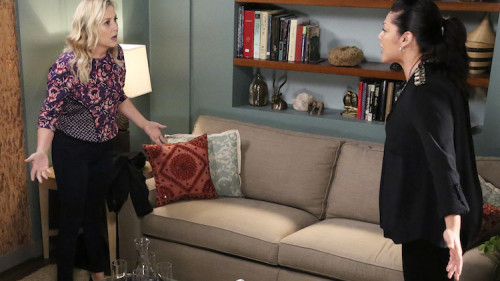
Amelia Shepard (Caterina Scorsone), who is not only Derek’s sister but also his replacement as head of neurosurgery, has also proven she can stand on her own two feet. After deciding she is the only brain surgeon who can remove Nicole Herman’s (Geena Davis) life-threatening tumor, she literally has to solidify herself not as Derek’s baby sister, not as a recovering addict, but as a badass brain surgeon. During a critical moment of self-doubt, when Amelia asks Richard Webber (James Pickens Jr.), her unofficial sober companion, to bring Derek back from Washington to save her in the middle of surgery, Richard gives Amelia a similar speech Cristina gave to Meredith. “Derek isn’t here,” he tells her. “YOU’RE here.” In other words, Derek can’t save her; Derek isn’t “the sun.” Amelia needs to step out of Derek’s shadow and own her power. She not only rocks her surgery, but saves Herman’s life. She also earns herself a spot in the Derek Is No Longer The Sun Club.
All other female characters are doing their part to be awesome this season, too. Stephanie Edwards (Jerrika Hinton) is off being a superhero with Amelia. Newcomer Herman saves unborn babies and beats a terminal brain tumor. Arizona is Herman’s living legacy, saving babies left and right with magical knowledge and was basically Herman’s life saving catalyst. Jo Wilson (Camilla Luddington) is the one who realized Meredith’s streak of bad ass-ness. April Kepner (Sarah Drew) is taking a tragedy and using it to better herself. And Miranda Bailey (Chandra Wilson) is using her voice to stand up for those who aren’t always heard. Bailey is also married to Ben, so let’s be real, Bailey wins by just waking up in the morning.
Let’s take a moment here to acknowledge Maggie Pierce (Kelly McCreary). I definitely had the thought earlier this season: Does Meredith Grey really need another sister? But Maggie is the sister Meredith needs and deserves. She’s the sister everyone needs and deserves. She fills a Cristina void, a Derek void and, most importantly, she’s just really good. She’s a good cardiothoracic surgeon, she’s a good sister, she’s a good friend. And she’s normal! Like, aside from not being able to form constructive sentences around attractive men, she is basically the most normal and balanced character Grey’s Anatomy has ever seen. So, yay for Maggie who apparently has been around in theory since Season 4.

The male characters this season, while always interesting, have definitely taken a step back story-wise to make room for these women to really shine. Seasoned Grey’s fans will remember the days when the male characters were much more of a force to be reckoned with, adding a sexual undertone to all hospital activities. And as much as I, and every other viewer, loved Mark McSteamy Sloan, he was basically a walking sex education class.
Really this season has been about self-reflection, loss, and healing for the male characters. Richard is coming to terms with discovering a daughter he didn’t know he had. Alex Karev (Justin Chambers) is navigating being Meredith’s “person” while realizing he’s in it for the long haul with Jo. Jackson Avery (Jesse Williams) is coping with the loss of his unborn child. Owen Hunt (Kevin McKidd) is dealing with the loss of Cristina. And Derek is busy crossing lines with a woman who is not his wife.
While we know now that Derek did in fact kiss his subordinate, we also know that Meredith has handled Derek’s suspected infidelity with serene stability. The moment that really solidified Meredith’s coming into her own? During last week’s episode (1117) when Derek came back from Washington D.C. refusing to reveal his assignations, he told Meredith he cannot live without her. To which Meredith says she can live without him. Derek is no longer the sun in this moment. Meredith has found who she is without her husband. Of course, Meredith then says she doesn’t want to live without Derek, but still, Meredith is now revolving around Meredith and Derek is just some passing comet, pretty to look at but not a crucial heavenly body in this planetary system.
“You guys are a freaking romance novel,” Callie says to Meredith about her relationship with Derek. Everyone is pulling for these two. But what happens next is anyone’s guess. Meredith can survive without Derek. So Derek needs to majorly step up.
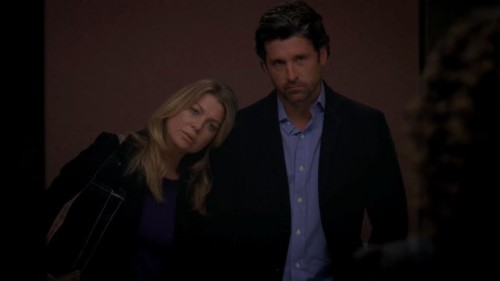
Every once in a while I’ll catch a bit of fan-generated Grey’s Anatomy reviews online. And if you are one of the surprising number of confused people who have no idea why the end title card for episode 1112 was a freeze frame image of Meredith jumping on a bed in her underwear — well, I’m going to tell you!
Season 11 has been all about Meredith getting back to who she really is. Instead of going to D.C. to work on her marriage, she checks into a crappy airport motel and works on herself. She watches movies, raids the mini bar, and, yes, strips down to her skivvies and jumps like a kid on the bed.
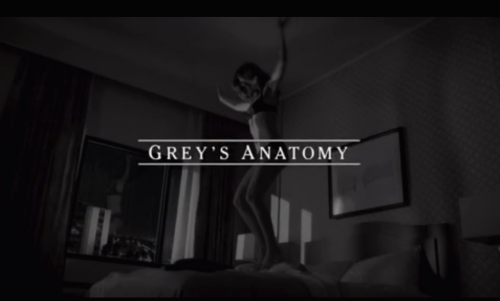
That whimsical image (set to the fantastic song “Priory” by The Weekend), is the message of this entire season and something we as women, and everyone, should be doing:
Get back to yourself, put yourself first, love yourself first.
A powerful message from Shonda Rhimes and the Grey’s writers, indeed!
Alize Emme is a writer and filmmaker living in Los Angeles. She holds a B.A. in Film & Television from NYU and tweets at @alizeemme.
